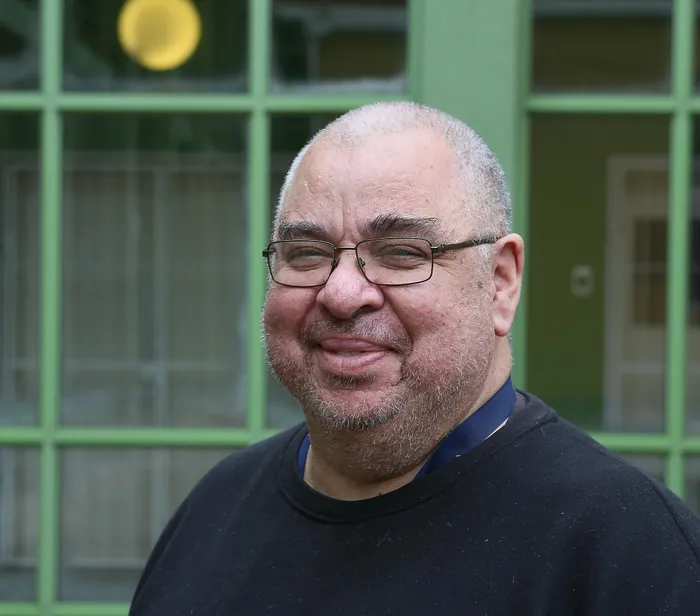Kuils River pupils explore coding and physics through UWC's computational modelling workshops

A group of Grade 10 pupils from Soneike High School in Kuils River have taken their first step into the world of computational modelling. Pictured are: Jenaid Coetzee, Leolyn Robertson, and Tamikah Prinsloo.
Image: Supplied
A group of Grade 10 pupils from Soneike High School in Kuils River have taken their first step into the world of computational modelling, a form of computer coding that simulates real-world physical systems.
Around 40 pupils participated in the two sessions that were recently held at the University of the Western Cape (UWC)’s 72-seater physics lab, according to the university's spokesperson Harriet Box.
Computational modelling, widely used in science and engineering, allows users to simulate phenomena like velocity, acceleration, and forces using mathematics and computer code.
Ian Schroeder, the senior technical officer and physics lecturer at the University of the Western Cape (UWC), launched the outreach initiative for the Soneike High School pupils in 2023, to bridge the gap between classroom theory and practical scientific exploration.
“The new cohort will bear the fruits of the experiences over the next two years, and it is in their first year of varsity when the real results of these efforts will be seen,” Mr Schroeder said.
This year, he enlisted five current and former UWC physics students to help facilitate the sessions.
Using VPython, a beginner-friendly coding platform, the pupils learned to model motion and generate visual simulations and graphs of how objects move over time.
“At the end of the final session, they were so engrossed in building their 3D simulations that I had to chase some of them out or they would have missed their bus,” Mr Schroeder said.
He added that the pupils also attended a careers talk facilitated by Eskom, met members of UWC’s school enrollment management unit, and were introduced to the University’s online learning platform.
In the final session, pupils explored “habits of the mind” that underpin computational thinking - starting from tangible models and sketches to mathematical equations and computer code. Using smart carts equipped with sensors, they simulated motion experiments, including one dubbed “The Great Race.”

University of the Western Cape senior technical officer and passionate physics lecturer, Ian Schroeder.
Image: Ruvan Boshoff.
One of the facilitators, Vinneke Booysen, said some pupils could not “confidently navigate a computer, which shows how urgent it is to bridge that gap.”
The physics teacher at Soneike High School, Phumlani Manzini, said the initiative has played an important role in the education of the pupils.
“I discovered a strong connection between computational modelling and our curriculum. I believe this programme offers a valuable opportunity for our students, as it complements our existing content and provides experiential learning experiences.
"The initial group showed promising results, particularly in Grade 12, where they excelled in topics like Vertical Projectile Motion,” he said.
Related Topics: